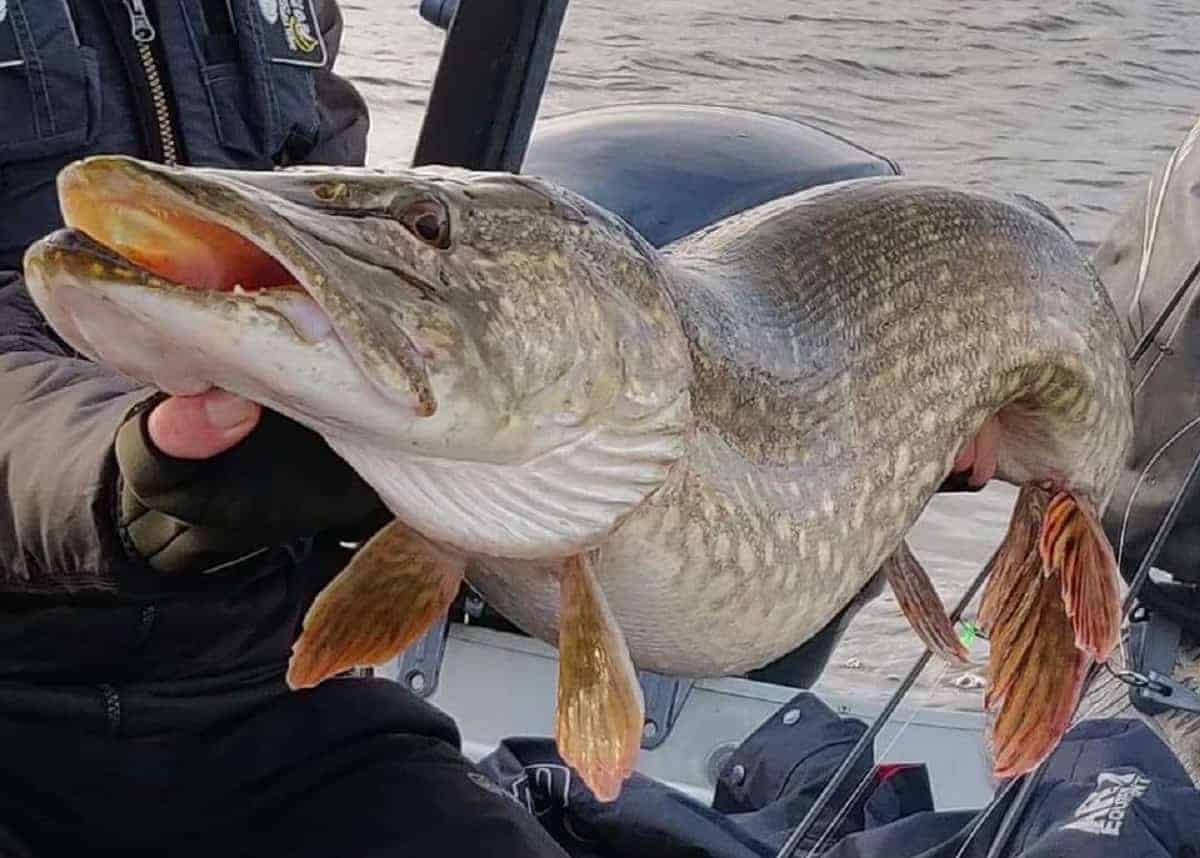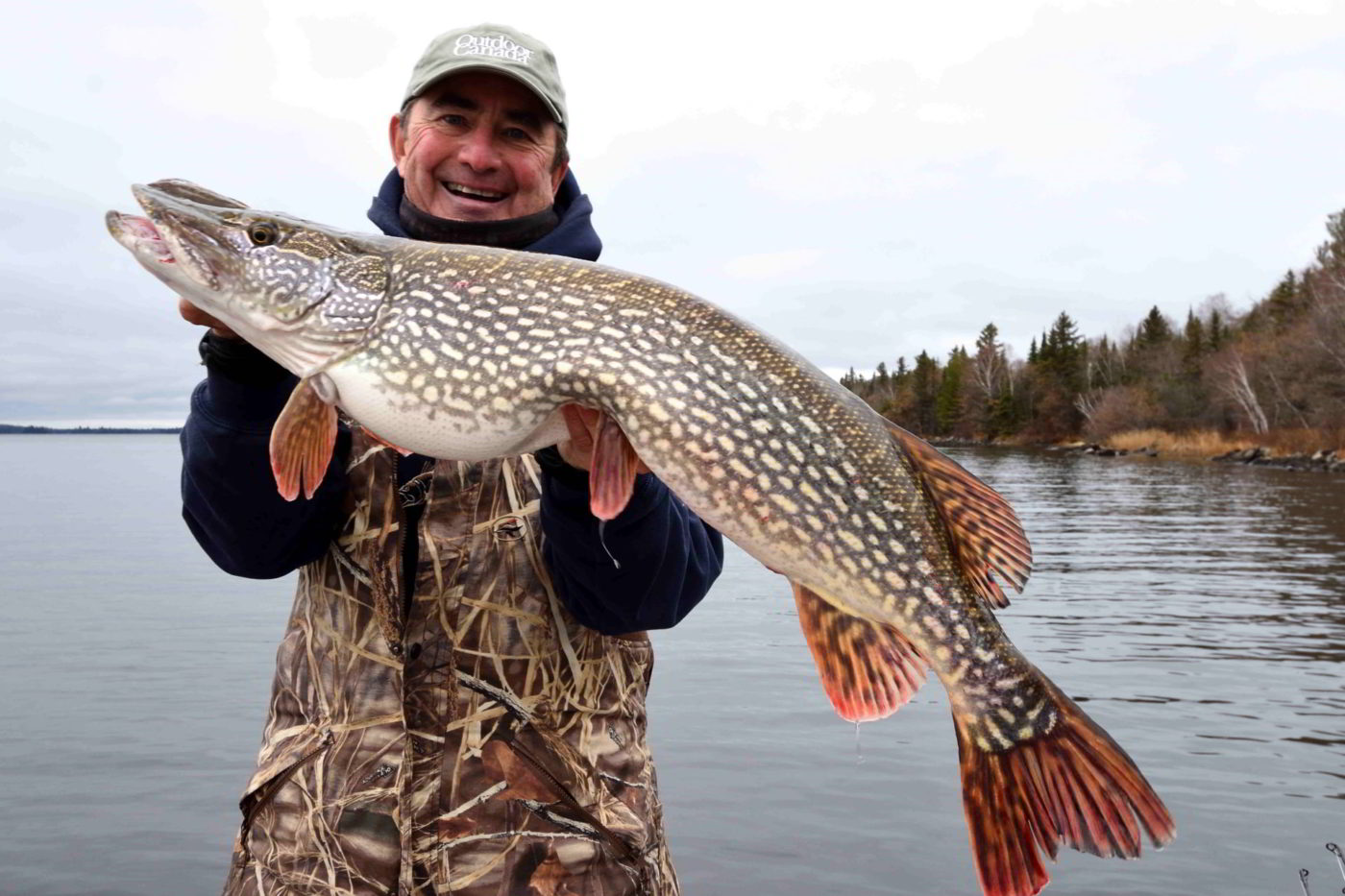Definition and Etymology

Pike definition – The word “pike” possesses a multifaceted nature, encompassing various meanings across diverse contexts. In the realm of weaponry, it denotes a long, pointed spear employed by infantrymen during bygone eras. Within the aquatic domain, it refers to a species of predatory fish renowned for its elongated, slender body. Furthermore, in the context of geography, it signifies a sharp, pointed peak found in mountainous regions.
Pike, the fearsome aquatic predator, strikes with lightning speed, its razor-sharp teeth tearing through flesh. As I delved deeper into the pike definition , I discovered its formidable nature and the danger it posed to unsuspecting prey. From its streamlined body to its predatory instincts, the pike stands as a testament to the relentless power of the natural world.
Etymologically, the term “pike” traces its roots to the Middle English word “pike,” which itself originated from the Old French word “pique.” This, in turn, can be traced back to the Latin word “picca,” meaning “pointed stake” or “spear.” The word’s evolution reflects its historical association with sharp, piercing objects.
Pike, the pointy weapon, was a formidable sight in battles of yore. In the realm of sports, there’s a similar prowess in perch basketball , where players soar high above the court like eagles, their nimble hands snatching the ball with lightning speed.
Just as a pike can pierce through armor, a skilled perch basketball player can outmaneuver their opponents with agility and precision. The pike, a symbol of strength and determination, finds its echo in the spirited game of perch basketball, where every player fights tooth and nail for victory.
Types of Pikes, Pike definition
The term “pike” encompasses a diverse range of objects, each possessing distinct characteristics and purposes. These include:
- Weapons: Pikes have been utilized as formidable weapons throughout history, particularly during the medieval and Renaissance periods. These long, pointed spears were wielded by infantrymen, forming dense formations known as pike squares. Their primary function was to deter cavalry charges and provide a defensive barrier against enemy infantry.
- Fish: The northern pike (Esox lucius) is a species of predatory fish found in freshwater habitats across North America and Eurasia. Known for its elongated, cylindrical body and sharp teeth, the northern pike is an apex predator, feeding primarily on smaller fish and aquatic creatures.
- Mountain Peaks: In the realm of geography, a pike refers to a sharp, pointed peak found in mountainous regions. These peaks are often characterized by their steep slopes and rugged terrain, presenting challenges for climbers and mountaineers.
Pike Fishing

Pike fishing is an exciting and challenging sport that can be enjoyed by anglers of all skill levels. Pike are a voracious predator fish that can be found in a variety of habitats, including lakes, rivers, and ponds. They are known for their aggressive strikes and powerful runs, making them a popular target for anglers.
There are a variety of techniques that can be used for pike fishing, including trolling, jigging, and spinning. Trolling involves pulling a lure behind a boat at a slow speed. Jigging involves using a weighted lure that is lifted and dropped in the water. Spinning involves casting a lure and then retrieving it with a spinning reel.
The type of bait or lure that is used for pike fishing will depend on the specific technique being used. When trolling, large lures such as spoons and crankbaits are often effective. When jigging, smaller lures such as jigs and soft plastics are often used. When spinning, a variety of lures can be used, including spoons, crankbaits, and spinners.
It is important to select the right fishing gear for pike fishing. A strong rod and reel are essential, as pike are powerful fish that can put up a fight. A heavy line is also important, as pike have sharp teeth that can easily cut through lighter line.
Pike Conservation and Management: Pike Definition

Pike, apex predators in aquatic ecosystems, play a crucial role in maintaining ecological balance. Their conservation is vital for the health of these ecosystems and the species that inhabit them.
Pike face several challenges, including habitat loss, overfishing, and pollution. Habitat degradation, such as the destruction of spawning grounds, affects their reproduction and survival. Overfishing, particularly during spawning seasons, can deplete pike populations. Pollution, including industrial effluents and agricultural runoff, can harm pike and their prey.
Pike Management Practices
Pike management practices aim to conserve pike populations while ensuring sustainable fishing. Regulations, such as size limits and seasonal closures, help protect spawning pike and maintain population structure. Habitat restoration efforts, including the creation of spawning grounds and the removal of barriers to migration, improve pike survival and recruitment.
By implementing effective conservation and management strategies, we can safeguard pike populations and ensure their continued presence in aquatic ecosystems for generations to come.
In the realm of freshwater giants, the pike reigns supreme. Its fearsome jaws and formidable presence have earned it the title of “poster fish” among anglers worldwide. Yet, beyond its notoriety as a poster fish , the pike’s predatory nature and remarkable adaptability make it a fascinating subject for both scientists and nature enthusiasts alike.
The mighty pike, a fearsome predator of the freshwater realm, shares a kinship with its smaller cousin, the perch. Like the pike, the perch is a spiny-finned fish, known for its aggressive nature and voracious appetite. While the pike may reign supreme in the depths, the perch holds its own in the shallower waters, where it relentlessly pursues its prey.
Despite their differences in size and habitat, both pike and perch embody the indomitable spirit of the aquatic wilderness.
A pike is a carnivorous fish found in freshwater habitats. They are known for their long, slender bodies and sharp teeth. Pike are voracious predators, and they will eat almost anything that they can catch, including other fish, frogs, and even small mammals.
Pike definition can be found in many different bodies of water, including lakes, rivers, and streams. They are a popular target for anglers, and they are often caught for food or sport.